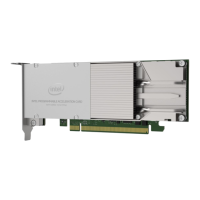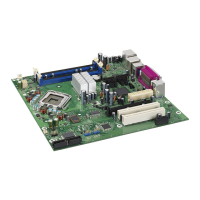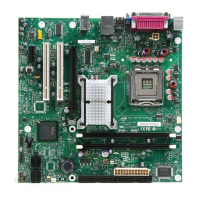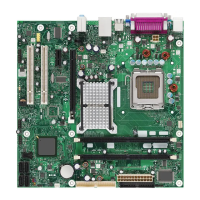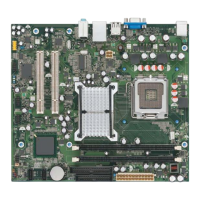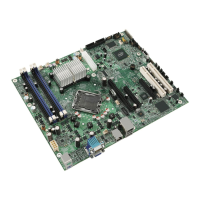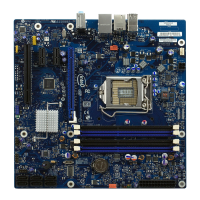• Zero delay buffer
• Counter reconfiguration
• Bandwidth reconfiguration
• Programmable output duty cycle
• PLL cascading
• Reference clock switchover
• Driving of the ADC block
1.13 FPGA General Purpose I/O
The MAX 10 I/O buffers support a range of programmable features.
These features increase the flexibility of I/O utilization and provide an alternative to
reduce the usage of external discrete components such as a pull-up resistor and a PCI
clamp diode.
1.14 External Memory Interface
Dual-supply MAX 10 devices feature external memory interfaces solution that uses the
I/O elements on the right side of the devices together with the UniPHY IP.
With this solution, you can create external memory interfaces to 16-bit SDRAM
components with error correction coding (ECC).
Note: The external memory interface feature is available only for dual-supply MAX 10
devices.
Table 11. External Memory Interface Performance
External Memory
Interface
3
I/O Standard Maximum Width Maximum Frequency (MHz)
DDR3 SDRAM SSTL-15 16 bit + 8 bit ECC 303
DDR3L SDRAM SSTL-135 16 bit + 8 bit ECC 303
DDR2 SDRAM SSTL-18 16 bit + 8 bit ECC 200
LPDDR2 SDRAM HSUL-12 16 bit without ECC 200
4
Related Links
External Memory Interface Spec Estimator
Provides a parametric tool that allows you to find and compare the performance of
the supported external memory interfaces in Intel FPGAs.
3 The device hardware supports SRAM. Use your own design to interface with SRAM devices.
4 To achieve the specified performance, constrain the memory device I/O and core power supply
variation to within ±3%. By default, the frequency is 167 MHz.
1 MAX
®
10 FPGA Device Overview
MAX 10 FPGA Device Overview
12
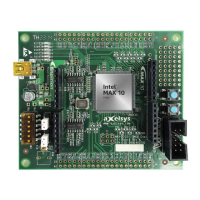
